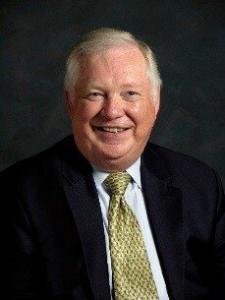Training professionals always strive to refine the art and science of this noble trade. Training as a profession is, in many ways, still in its infancy throughout the world. For the past 35 years, I’ve spent three to eight weeks working outside of the United States, and on every trip, I’m reminded that many of the training skills and tactics we routinely understand and apply in the United States fall into the category of new and remarkable elsewhere.
This experience, coupled with the increasing number of foreign visitors who attend the annual conference sponsored by the Association of Talent Development, assures me that American training professionals truly have much to offer the world. But I am also aware, because of my work throughout the United States, that many of us here are neglecting to learn and practice some of the basic “art and science” of training.
















